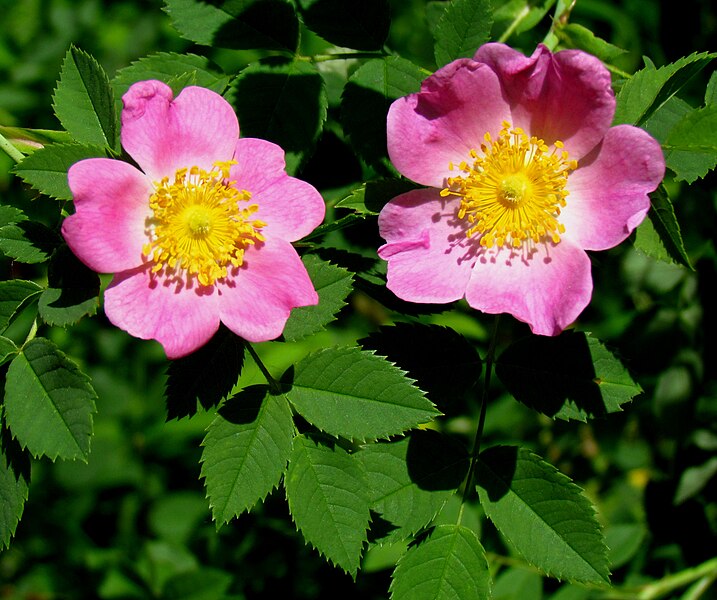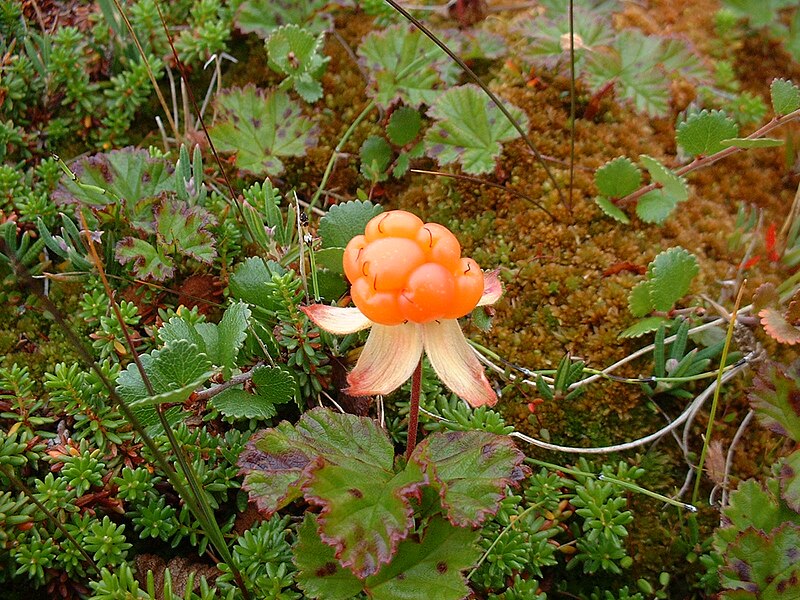 |
| Image from Wikipedia |
 |
| Image from Wikipedia |
 |
| Image from Wikipedia |
Cloudberry, Rubus chamaemorus, is a low growing alpine raspberry. This image doesn't do it justice compared to other google search images. They're low growing and are reminiscent of a strawberry patch. The fruit is said to taste a little starchy (lacking somewhat in flavor), but I just think the novelty of a dwarf yellow raspberry is neat. There are actual yellow fruiting raspberries that are probably better worth you time but this was an oddity I thought worth mentioning.
| Image from Wikipedia |
Alpine Aster, Aster alpinus, is a true aster that flowers in May! As far as I can tell this is the ONLY aster species native to North America that wasn't move out of the true Aster genus. And oddly enough this plant grows more like a spring bulb than a perennial you'd expect sold at a nursery. They emerge each spring and flower before going dormant sometime over the summer. It's a really bizarre growth habit for the genus... though I guess maybe it isn't. What are other true Asters like around the world? Seeds are available for sale but no one seems to sell the full plants. I'm tempted to buy some and give them a shot. Being an alpine plant I wonder if anyone can really grow them that far south of Canada. There is a patch of them in the rocky mountains though so maybe an ideal addition to a rock garden. Check them out on Google too!
Not to be out done, there's also the Climbing Aster, Symphyotrichum carolinianum, (which some people have labeled as Ampelaster carolinianus, not sure who's right but it looks like a Symphyotrichum to me. Maybe the climbing aspect is why its in a different genus but I still think Symphyotrichum is right). As the common name implies, this is a vine the rambles all over and grows into a massive 6' - 10' long clump of flowers. They seem to bloom unusually late in the year too, and prefer growing in wet sunny conditions. I believe this is one plant that shouldn't be cut all the way to the ground but rather trained up a fence or trellis and cut back as needed.
So those are a few of the neat plants I found and I hope to add more later on.